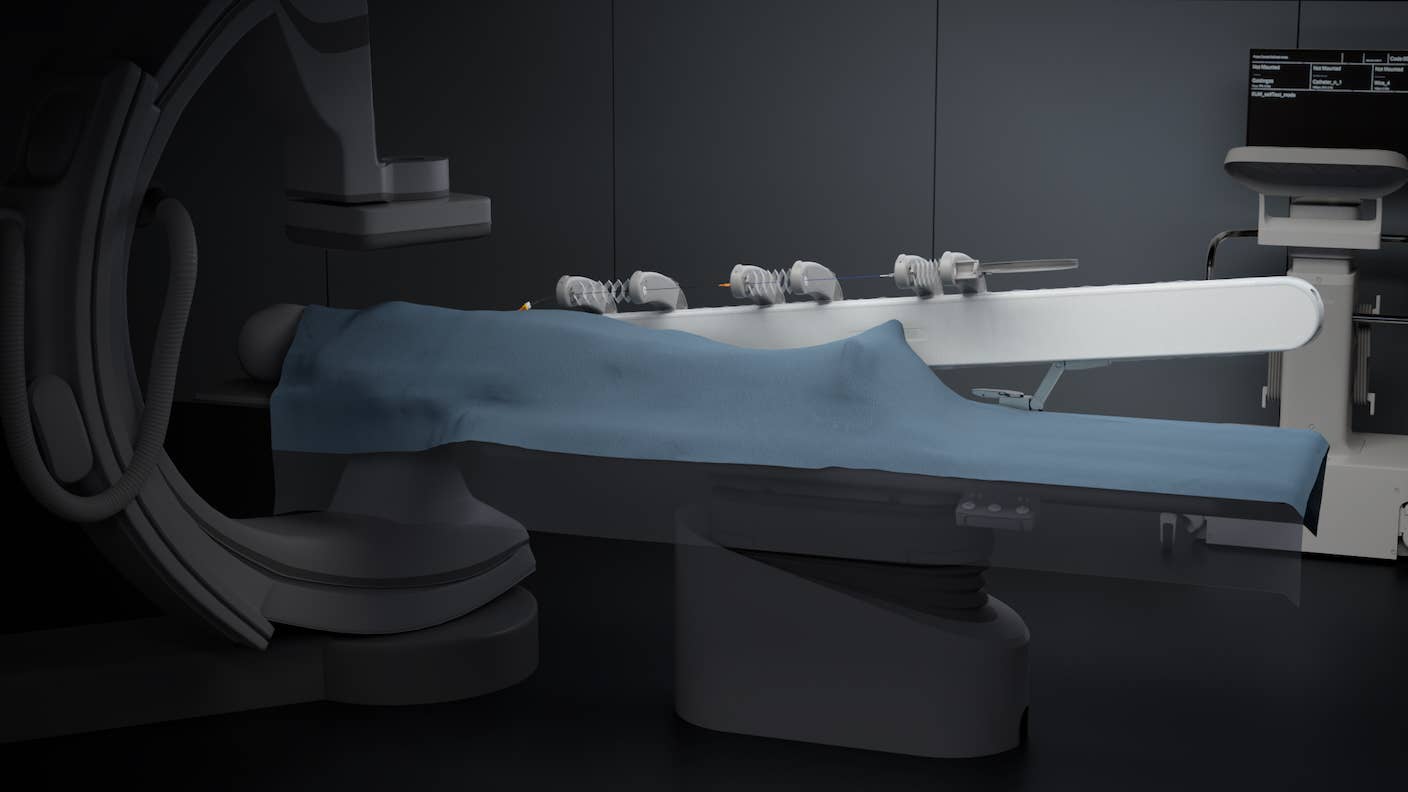World’s Largest Digging Machine Goes to Work (video)

Share
What does the biggest digging machine in the world have to do with the Singularity? The Bagger 288 represents a masterful symphony of cutting-edge technology, brought together by the best minds of physics, machinery, and logistics and illustrates perfectly the inevitability of Kurzweil’s law of accelerating returns.
Okay, I’m lying. While the Bagger 288 is a bit off topic for us, we still wanted to show off this amazing giant.
It’s 311 feet (95 meters) tall, 705 feet (215 meters) long. That’s almost two football fields (American). It weighs in at 45,500 tons (the Titanic weighed 46,328 tons). Completed in 1978, it took the German steelmaking company Krupp–now ThyssenKrupp–five years to build and carried a manufacturing cost of $100 million.
When it moves it does so on 12 caterpillar tracks. NASA’s space shuttle crawler, a heavy lifter in its own right, has only 8 caterpillar tracks (and, by the way, only weighs a fluffy 2,721 tons). Because it’s a digging machine, the Bagger 288 doesn’t need to be mobile per se. But it would have cost more money to assemble it onto a crawler, transport it, then disassemble and reassemble it at its destination. The fact that it does have wheels makes Bagger 288 the world’s largest vehicle as well. And even though its top speed is only one-third of a mile an hour, it still makes quite an impression–literally. On the rare occasions when the digger has had to cross a highway it has completely crushed the road beneath. Moving it across rivers, as you might imagine, is no picnic either. The effort typically requires at least 70 men and has cost $10 million.
But it’s upon reaching the strip mines that Bagger 288 really becomes an impressive site. Bucket-wheel excavators–among which Bagger 288 is king–are continuous digging machines that dig by turning their wheels against hillsides, scooping loads of earth and moving it away on a conveyor system. The wheel has a diameter of 70 feet and is armed with 20 buckets that can each take a 530 cubic foot scoop out of terra firma. So what’s a day’s worth of work for Bagger 288? With the five workers it requires to operate the machine, it can process 100,000 cubic yards per day. That comes out to approximately 2,500 truck loads per day.
Be Part of the Future
Sign up to receive top stories about groundbreaking technologies and visionary thinkers from SingularityHub.


That's a bulldozer that Bagger 288 accidentally ate.
Check out the behemoth at work in the video. The German-built machine digs, fittingly, to Rammstein’s “Mann gegen Mann.” I think John Henry would have sat this one out.
Related Articles

In Wild Experiment, Surgeon Uses Robot to Remove Blood Clot in Brain 4,000 Miles Away

A Squishy New Robotic ‘Eye’ Automatically Focuses Like Our Own

This Crawling Robot Is Made With Living Brain and Muscle Cells
What we’re reading
